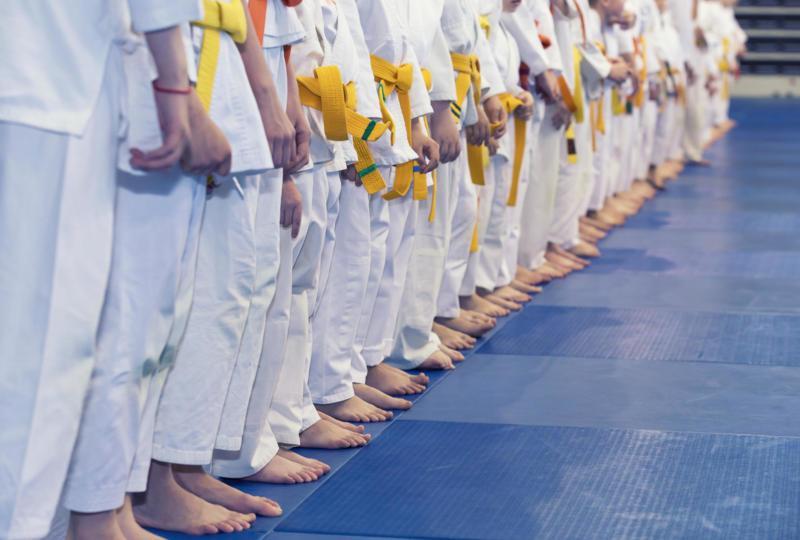Fitness Program for Children with Autism
Exercise benefits autism in many more ways than one
Since children with autism tend to withdraw from society, this withdrawal leads to physical inactivity and mood alterations. For this reason, exercise is a vital part of treating the condition. Any type of exercise can help to improve health, boost performance and mood, alleviate symptoms of anxiety and depression, reduce stress, reduce the risk of heart disease and certain types of cancer, improve sleep patterns, strengthen the heart, lungs, and bones, as well as improve quality of life.
James Johnson, a fitness instructor for Piece It Together, leads a yoga and martial arts class, specifically designed to help participants in stereotypical mannerisms associated with neurodevelopmental disorders, such as autism. Katrina Felty, a 21-year-old young woman with high-functioning autism, is a member of Johnson’s class. She stated that high school was a difficult time in her life and the Piece It Together program has been a physical, as well as a social outlet for her. The fitness classes have offered her the opportunity to improve her balance and coordination, all the while helping to alleviate her stress. “It exhausts me, but in a good way. It makes me feel hyper emotionally but tired physically. It’s a wonderful feeling,” said Felty.
